Efficient Ways to Eliminate Smoke and Improve Indoor Air Quality: A Guide to Clearing Smoke from Your Home
In today’s world, where pollution and environmental hazards have become a growing concern, indoor air quality has never been more important. One of the primary contributors to poor indoor air quality is smoke from various sources such as cigarettes, cooking stoves and fireplaces.
Smoke not only causes respiratory problems but also leaves behind unpleasant odors that can linger for days. In this guide, we will explore some efficient ways to eliminate smoke and improve your home’s air quality for a healthier living environment. Whether you are dealing with stale cigarette smoke or fumes from cooking oil residue, this article will provide you with practical tips and effective solutions to clear out harmful particles from your home effectively.
Understanding the Dangers of Smoke: The Impact on Indoor Air Quality
Understanding the dangers of smoke is crucial when it comes to maintaining good indoor air quality. Smoke can cause a range of respiratory problems such as coughing, wheezing and shortness of breath. It also contains harmful chemicals that can adversely affect health over the long term. In addition, smoke has an unpleasant odor that can linger for days, making it difficult to breathe comfortably in your own home.
Improving indoor air quality requires efficient methods for clearing smoke from various sources including cigarettes, cooking stoves and fireplaces. This may involve the use of ventilation systems or other devices designed to filter out contaminants in the air. Additionally, proper maintenance and cleaning of these sources is important in reducing smoke build-up within the home environment. By taking steps towards eliminating smoke from your living space, you can create a healthier environment for yourself and those around you.
Identifying the Sources of Smoke: Common Culprits in Homes
Identifying the sources of smoke is crucial to effectively removing it from your home. The most common culprits are smoking, cooking and burning wood in fireplaces or stoves. Cigarette smoke tends to linger for long periods, leaving behind unpleasant odors that can be difficult to remove. Therefore, if someone has smoked inside your home, it’s vital that you open all windows and use fans to circulate fresh air throughout the space.
Similarly, when cooking or using a stove-top burner, grease and food residue can burn on heating elements creating both unsavory smells and even potential health hazards including carbon monoxide poisoning. Keeping your kitchen well-ventilated with an overhead range hood exhaust fan system and by opening nearby windows will keep indoor air clean while also safeguarding against possible negative side effects associated with burning kitchen material.
Lastly, cleaning your fireplaces regularly is necessary to avoid having smoke trapped indoors causing respiratory issues as well as obnoxious odors. Make sure not to store any wood too close to walls so they cannot emanate heat onto them catching some objects aflame along their way therefore spreading particles into house ventilation systems creating even more problems over time without being properly monitored by a professional HVAC employee who inspect vents periodically over seasons gradually accumulating now unavoidable breeding grounds for mold spores endangering overall health increasingly at stake every day better left under control sooner than later.
Ventilation Techniques: How to Effectively Clear Smoke from Your Home
If you are trying to clear smoke from your home, ventilation is a crucial technique for improving indoor air quality. One simple method involves opening windows and doors to create cross-ventilation that allows fresh air to circulate throughout the house. Similarly, running fans or point-of-use portable air purifiers can help reduce levels of harmful pollutants in the air.
In addition to these techniques, it is essential to identify the source of the smoke and take appropriate action. For instance, if cigarette smoke is the problem, designating smoking areas outside can greatly reduce exposure inside. When it comes to cooking-related fumes, using exhaust fans or range hoods helps remove odors before they accumulate in living areas. By employing these methods and taking preventive measures against future sources of smoke pollution indoors, homeowners can enjoy cleaner and healthier living spaces all year round.
Air Purification Systems: Choosing the Right Device for Your Needs
Air purification systems are becoming increasingly popular due to growing concerns about air pollution indoors. Smoke from cigarettes, cooking stoves, and fireplaces contribute significantly to indoor air pollution. To eliminate these harmful airborne particles and foul odors caused by smoke, it is crucial to invest in a quality air purifier that suits your needs.
The right device for you will depend on several factors such as the size of the room you want to purify, the type and quantity of pollutants you need to remove, budget constraints, among others. There are several types of air purification systems available in the market, including HEPA filters with activated carbon technology or ionizer-based devices that can effectively capture and filter out smoke particles.
Ultimately when choosing an air-purifying system for your home or office space, it’s vital to consider all factors carefully. A professional can help determine what kind of device would best suit your needs while ensuring high-quality indoor air for better living conditions.
Natural Remedies: Using Plants and Essential Oils to Improve Air Quality
When it comes to improving indoor air quality, natural remedies can be a great option. Plants are known to purify the air by absorbing pollutants and releasing oxygen. Some popular choices include spider plants, peace lilies and Boston ferns. Essential oils can also help improve air quality by neutralizing odors and promoting relaxation. Oils such as lavender, peppermint and eucalyptus can be diffused throughout your home using a humidifier or oil diffuser for a refreshing scent.
It’s important to note that while natural remedies can be effective in improving air quality, they may not completely eliminate issues caused by smoke from cigarettes or stoves. It is always best to ensure proper ventilation in your home and limit exposure to these harmful substances whenever possible. Additionally, it’s recommended that you consult with a healthcare provider if respiratory symptoms persist or worsen despite attempts at improving indoor air quality through natural means.
Cleaning and Maintenance: Best Practices for Smoke-Free Living
Maintaining a smoke-free living environment involves a few key practices to ensure your home stays clean and healthy. Firstly, frequent cleaning is essential for reducing the presence of smoke particles in your indoor air. Regularly vacuuming carpets, washing bedding, and cleaning surfaces with soap and water can help to eliminate smoke residue from various areas around your home.
Another important aspect of smokey home maintenance is proper ventilation. Proper airflow can dramatically improve indoor air quality by reducing humidity levels that contribute to mold growth while dispersing any lingering cigarette or cooking smoke. Open windows when possible or use exhaust fans in kitchens and bathrooms to maintain steady airflow throughout your house.
Lastly, eliminating the source of any smoking within the household will have the most significant impact on maintaining a smoke-free environment. Quitting smoking altogether could be beneficial or designating outdoor spaces for smokers only is an alternative solution if quitting seems impossible. Overall, implementing these tactics will allow you to live comfortably without constant exposure to harmful respiratory irritants and odors associated with poor indoor air quality caused by smoking inside homes.
Prevention Strategies: Tips for Minimizing Smoke in Your Home
Minimizing smoke in your home can significantly improve indoor air quality and reduce the risk of respiratory problems. Prevention strategies such as proper ventilation, regular cleaning, and avoiding smoking indoors should be implemented to help eliminate smoke pollutants. Using an air purifier with a HEPA filter can also effectively remove smoke particles from the air.
If you are dealing with cooking smoke, it is essential to install a range hood that vents outside to prevent fumes from accumulating in your home. Additionally, using natural alternatives like baking soda or white vinegar to clean surfaces where stale cigarette smoke may have settled can help neutralize odors. By implementing these prevention strategies, you can create a healthier living environment free from harmful smoke pollutants that pose a threat to both you and your loved ones’ health.

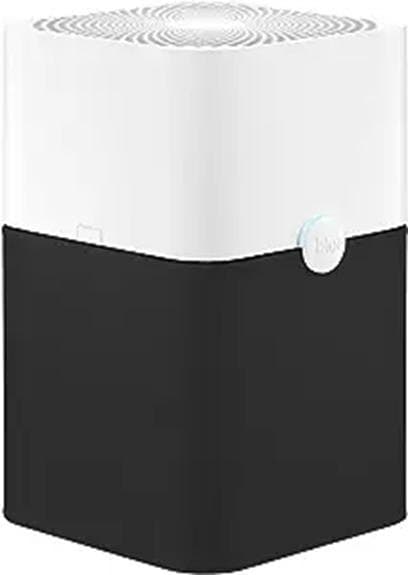
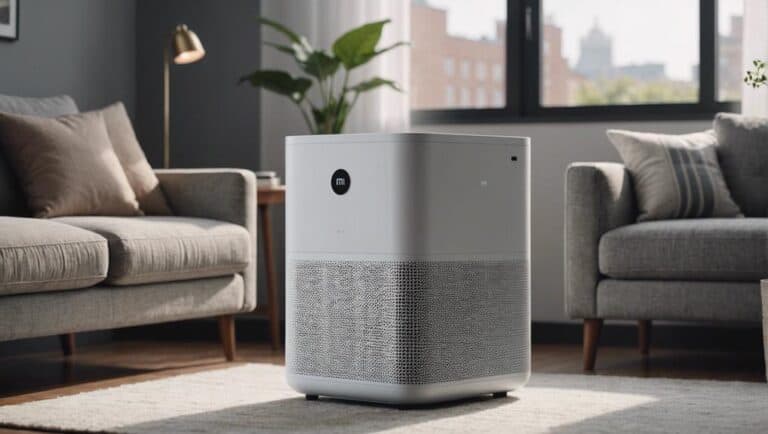
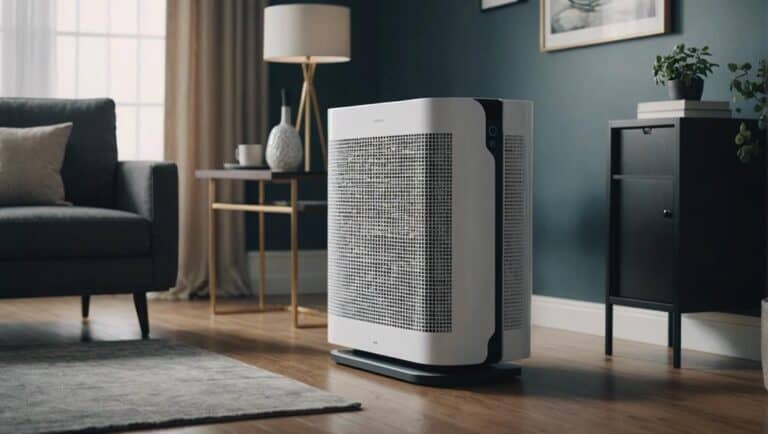
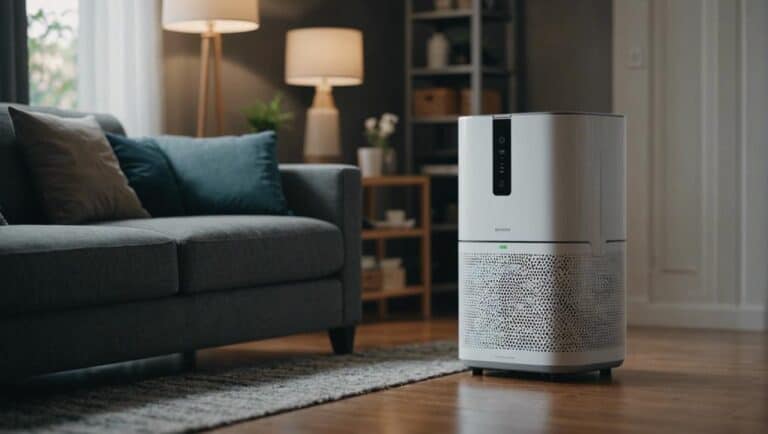
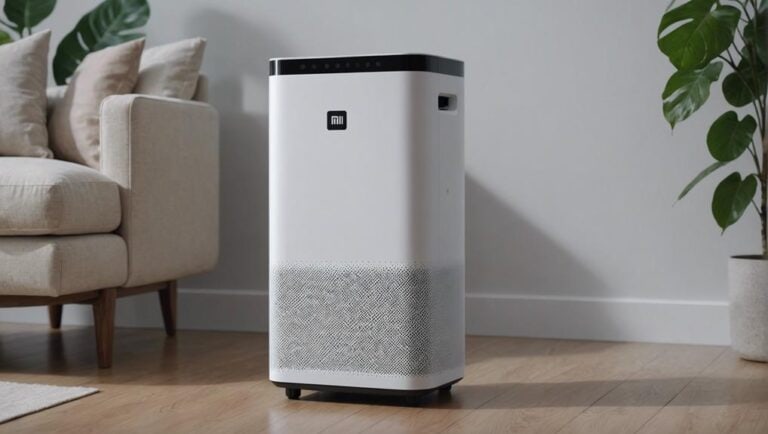

One Comment